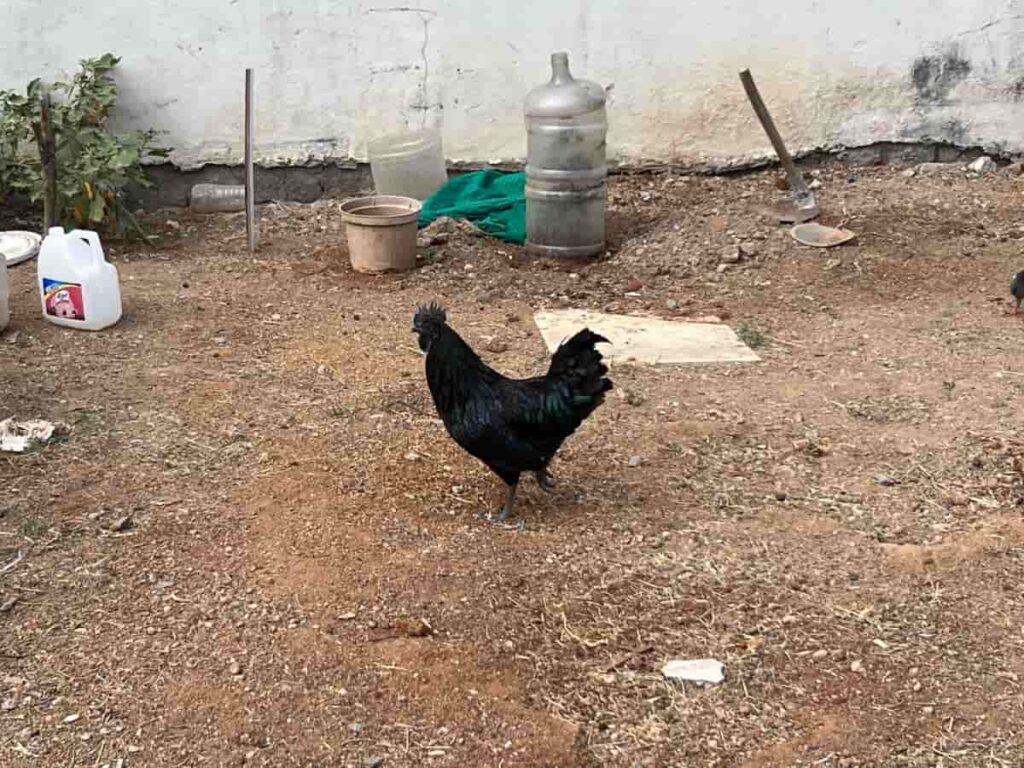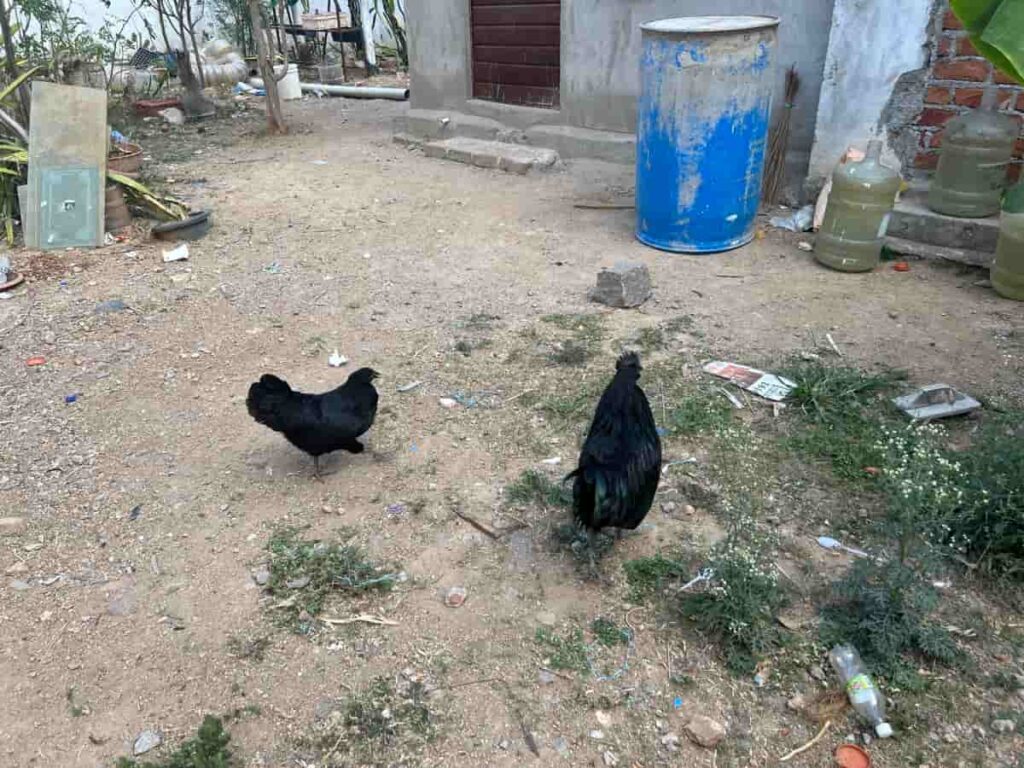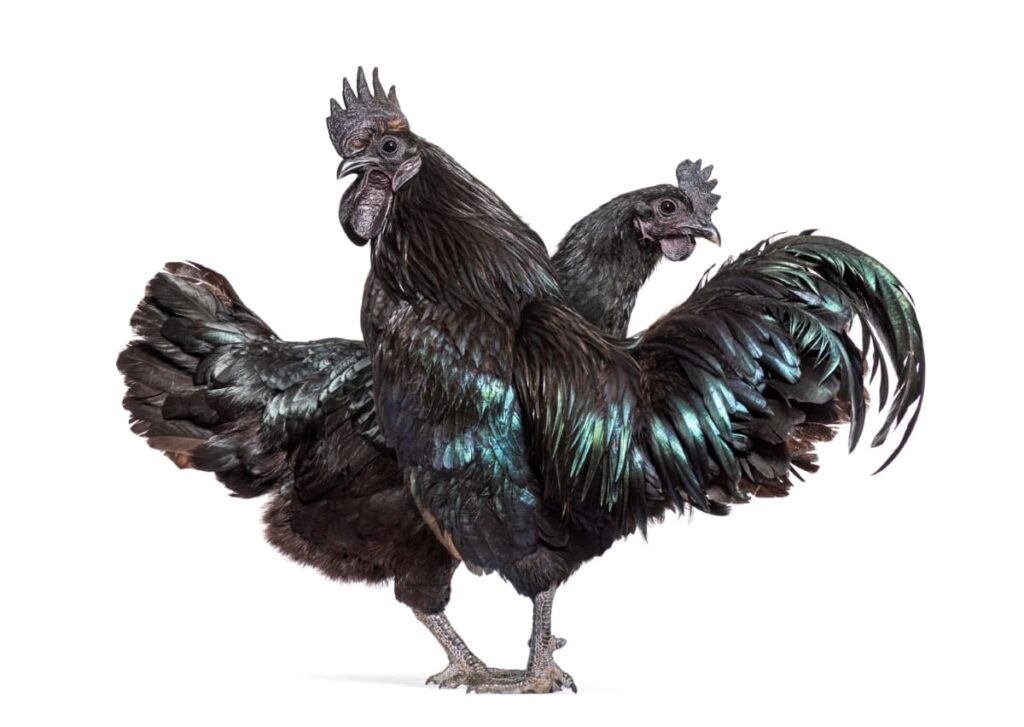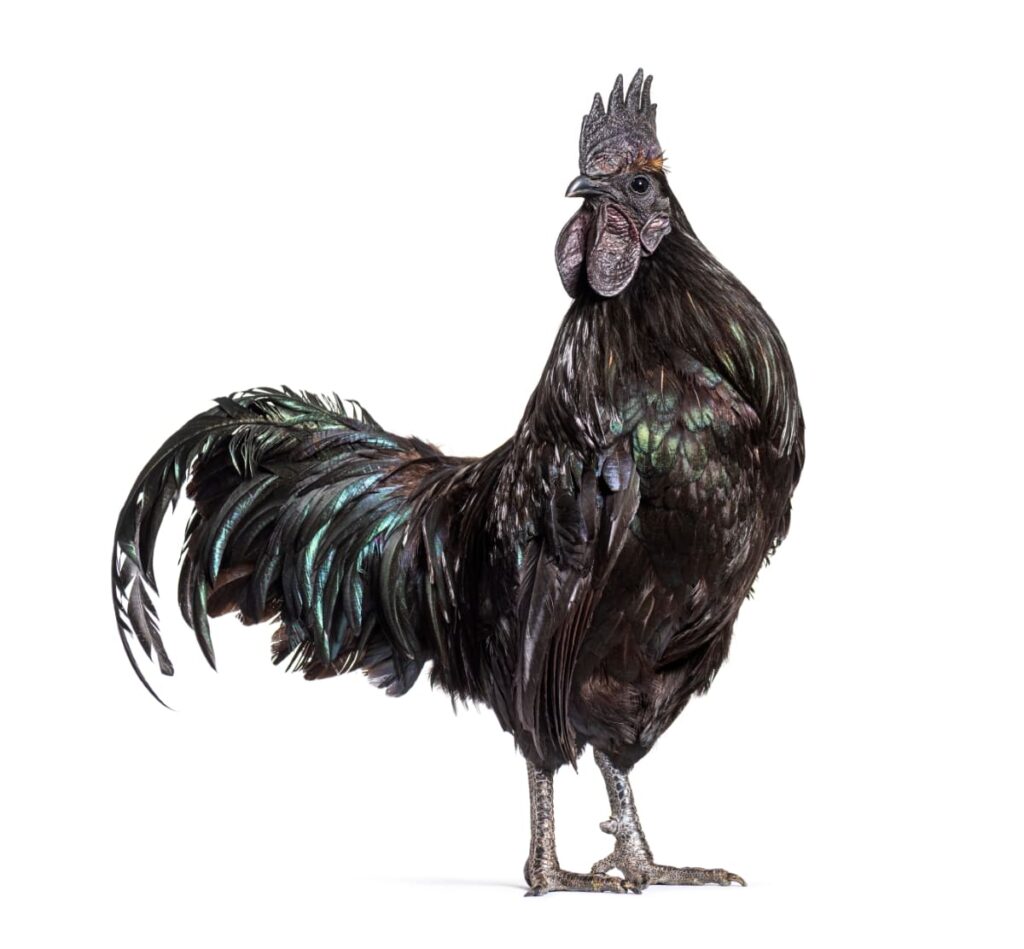Kadaknath chicken, indigenous to India, is renowned for its distinctive black color, tender texture, and rich flavor. This breed holds significant cultural and culinary importance, especially in regions like Madhya Pradesh. Notably, its meat is prized for its high protein content, low fat, and medicinal properties, making it a sought-after delicacy and a preferred choice for health-conscious consumers. Beyond its culinary appeal, Kadaknath chicken also symbolizes sustainability and biodiversity conservation, as efforts to preserve and promote this breed contribute to the preservation of indigenous poultry genetics.

The Business Potential of Kadaknath Chicken Farming in India
Market Demand and Economic Viability
The Kadaknath chicken farming in India is robust and growing steadily due to its unique taste, nutritional benefits, and perceived medicinal properties. With consumers increasingly seeking healthier and premium food options, Kadaknath chicken presents a lucrative opportunity for farmers.
Its high market value and relatively low production costs ensure economic viability, promising substantial returns on investment. Moreover, its niche status allows for pricing flexibility, enabling farmers to capture premium margins. An adult Kadaknath chicken price can range from Rs. 900 to 1000.
Creating Kadaknath Chicken Farming Business Plan
A Profitable Kadaknath farming business plan entails meticulous considerations of breeding, housing, feed management, healthcare protocols, and marketing strategies. Leveraging the breed’s unique selling points, such as its indigenous heritage and health benefits, is crucial for differentiation in the market. Additionally, integrating sustainable practices and exploring value-added products can further enhance profitability.
Getting Started with Kadaknath Farming
Initial Setup Costs and Infrastructure Requirements
Initial setup costs typically include acquiring suitable land, constructing poultry sheds with proper ventilation and insulation to maintain optimal temperature and humidity levels, installing feeding and watering systems, and procuring equipment for waste management and biosecurity measures.
Additionally, expenses for purchasing Kadaknath chicks, feed, medications, and vaccination supplies must be accounted for. Budgeting for utilities such as electricity and water, as well as labor costs for daily operations, is essential for starting a Kadaknath farm.
Understanding Kadaknath Breed: Traits and Benefits
Health Benefits and Nutritional Value of Kadaknath Meat and Eggs
As a benefit of Kadaknath chicken, the meat is notably low in fat and cholesterol while being rich in protein, making it a favored choice for health-conscious consumers seeking lean protein sources. Additionally, Kadaknath meat is renowned for its high levels of amino acids, and vitamin B12, contributing to improved muscle development, energy metabolism, and overall well-being.
Similarly, Kadaknath eggs are prized for their higher protein content and lower cholesterol levels compared to conventional eggs, offering a nutritious alternative for those looking to enhance their dietary intake without compromising on taste or health benefits.
Kadaknath Egg-Laying Capabilities
While they may not lay as many eggs as commercial egg-laying breeds, Kadaknath hens are known to be prolific layers, typically producing around 80-120 eggs per year under optimal conditions. These eggs are smaller in size compared to those of other breeds but are highly nutritious and rich in protein, vitamins, and minerals. Kadaknath hens are known for their broodiness and maternal instincts, which can be advantageous for the natural incubation and hatching of chicks.
In case you missed it: How to Raise Gold Star Chicken: Characteristics, Egg Production, Size, Lifespan, Price, and Facts

Breeding and Hatchery Management
Best Practices for Healthy Breeding Stock
Select breeding birds with desirable traits such as robustness, good egg-laying ability, and resistance to common diseases. Implement a strict biosecurity protocol to prevent the introduction and spread of diseases. Provide a protein and nutrient-rich diet to ensure optimal reproductive health. Regular health check-ups and vaccinations are crucial to prevent diseases and maintain the overall well-being of the breeding flock.
Managing a Hatchery for Kadaknath Chicks
Kadaknath hatchery management requires meticulous attention to temperature, humidity, and sanitation to ensure optimal conditions for hatching. Implementing strict biosecurity measures prevents the spread of diseases. Careful selection of breeding stock and efficient incubation techniques are crucial for producing healthy chicks. Regular monitoring of chick development and prompt intervention in case of any issues are essential. Providing appropriate nutrition and housing post-hatch ensures strong growth and vitality.
Feeding Strategies for Kadaknath Chickens
Nutritional Needs and Feeding Regimens for Optimal Growth
A starter feed with high protein content (around 22-24%) is crucial for the first few weeks to support rapid growth. As they mature, transitioning to a grower feed with slightly lower protein levels (around 18-20%) is recommended. Additionally, for organic Kadaknath chicken farming, supplementing with green leafy vegetables, grains, and occasional protein sources like mealworms or fish can enhance their diet.
Providing clean water at all times is essential for hydration and digestion. Regular Feeding Kadaknath chickens with close monitoring and adjusting the diet based on growth rates to meet nutritional requirements for Kadaknath to ensure healthy development in Kadaknath chickens.
Health and Disease Management in Kadaknath Farming
Preventative Healthcare Measures
Kadaknath chicken care and management involves strict biosecurity measures to prevent the introduction and disease spread. This includes cleaning and disinfection of facilities regularly, limiting visitor access, and quarantining new birds before introduction. Vaccination against common poultry diseases such as Newcastle disease and infectious bronchitis is essential to bolster immune responses.
Handling Common Diseases and Parasites
Common diseases and parasites in Kadaknath farming include coccidiosis, respiratory infections, and external parasites like mites. Early detection through regular health monitoring allows for prompt treatment with appropriate medications or vaccines. Maintaining clean living conditions, providing proper ventilation, and ensuring adequate nutrition are vital components of Kadaknath chicken disease prevention. Regular veterinary consultations and diagnostic testing help identify and address health issues effectively.
Marketing Your Kadaknath Products
Strategies for Marketing Kadaknath Chicken Meat and Eggs
- Emphasize the unique qualities of Kadaknath meat and eggs, such as their nutritional benefits and distinct flavor.
- For marketing Kadaknath chicken products, utilize social media platforms, online marketplaces, and your website to showcase your products and engage with customers.
- Collaborate with local restaurants, grocery stores, and specialty food stores to feature Kadaknath meat and eggs on their menus or shelves.
Leveraging Online and Local Markets
- Establish an online presence through e-commerce platforms, social media advertising, and search engine optimization.
- Attend farmers’ markets, food festivals, and trade shows to showcase your Kadaknath products and connect with local consumers.
- Collaborate with other local producers or businesses to cross-promote each other’s poultry products and expand your reach.
In case you missed it: My Pet Chicken: How to Raise from Scratch

Financial Planning and Profit Maximization
Budgeting and Managing Expenses
- Develop a comprehensive budget that includes expenses such as feed, housing maintenance, veterinary care, and marketing.
- Regularly review and track expenses to identify areas where costs can be reduced or optimized.
- Consider bulk purchasing of feed and supplies to take advantage of discounts and reduce per-unit costs.
- Prioritize investments that will improve productivity and efficiency, such as automated feeding systems or energy-efficient lighting.
Analyzing Profit Margins and Scaling Your Business: Kadaknath Chicken Profitability Analysis
- Calculate the profit margins for each product and identify areas to increase revenue and reduce costs.
- Evaluate market demand and consider expanding production or diversifying product offerings to meet consumer preferences.
- Explore options for vertical integration, such as owning your processing facility or partnering with local distributors.
- Keep updated on industry trends to stay competitive and adapt your poultry business strategy accordingly.
In case you missed it: Raising Ancona Chickens: A Complete Guide to Care, Breeding, and Benefits

Conclusion
Kadaknath chicken farming in India presents a promising opportunity for entrepreneurs seeking a profitable venture. With its unique qualities, high demand, and growing market, implementing a well-thought-out business plan can lead to success. Following this Kadaknath poultry farming guide, by focusing on quality production, effective marketing strategies, and prudent financial management, individuals can harness the potential of Kadaknath chicken farming to achieve sustainable growth and profitability in the agricultural sector.
- Management Pests and Diseases in Your Cotton Field
- Sheep Farming Business Plan for Beginners
- Aquaponic Farming at Home: A Step-By-Step Guide
- Profitable Village Farming Business Ideas in 2024
- High-Yield Aquaculture: Fast-Growing Fish for Farming
- Effective Fish Pond Construction Techniques for Beginners
- Irrigation and Water Management in Pineapple Farming
- Blossom to Harvest: Mastering Flowering and Pollination in Papaya Farming
- Pig Fattening Essentials: From Selection to Sale for Beginners
